Back to news
How to Maintain Your Water Butt
Did you know it is important to properly maintain your rainwater capture device, not just for longevity but for health reasons? Find out how and why in our easy to follow guide. This includes water butts and rain planters of all shapes and sizes!
- rainwater
- maintenance
- legionella
- water butt
- rainwater harvesting
Why is important to maintain your device?
Maintaining your water butt is essential, ensuring your rainwater capture system is both clean and efficient! There are many benefits to taking care of your device including maintaining water quality, reducing health risks and supporting sustainability. Keep reading to find out more as well as top maintenance tips!
Longevity
Proper maintenance will likely increase the longevity and functionality of your rainwater capture system reducing the risk of cracks, leaks and degradation.
Efficiency
Maintaining your water butt will help prevent blockages, clogged taps and reduce the chance of overflows. This will help it operate at full capacity, enabling you to capture as much rainwater as possible!
Water Quality
Ensuring you have a clean water supply for your garden or outdoor tasks is essential. Without maintenance, water may become contaminated due to bacteria or algae growth - this can harm plants.
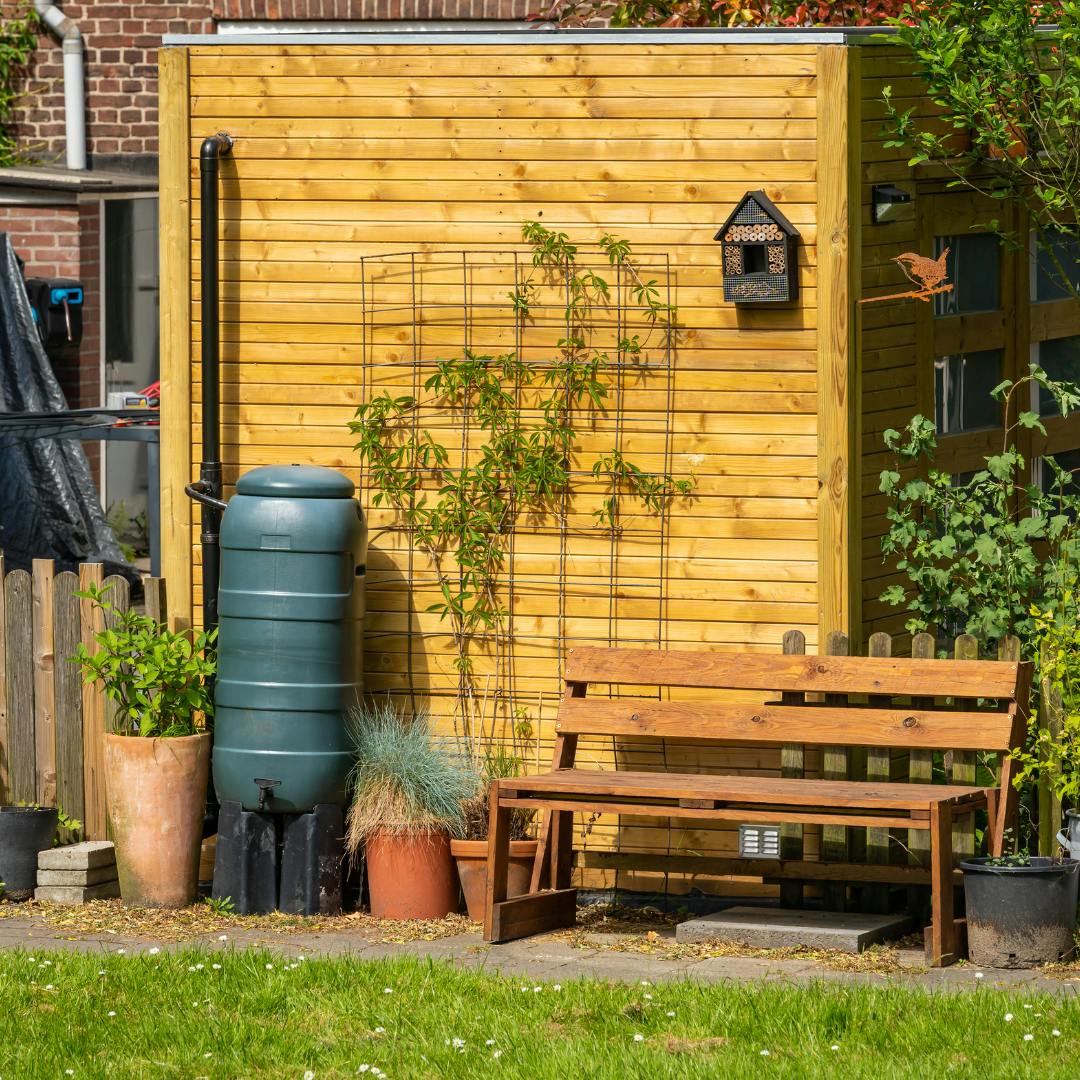
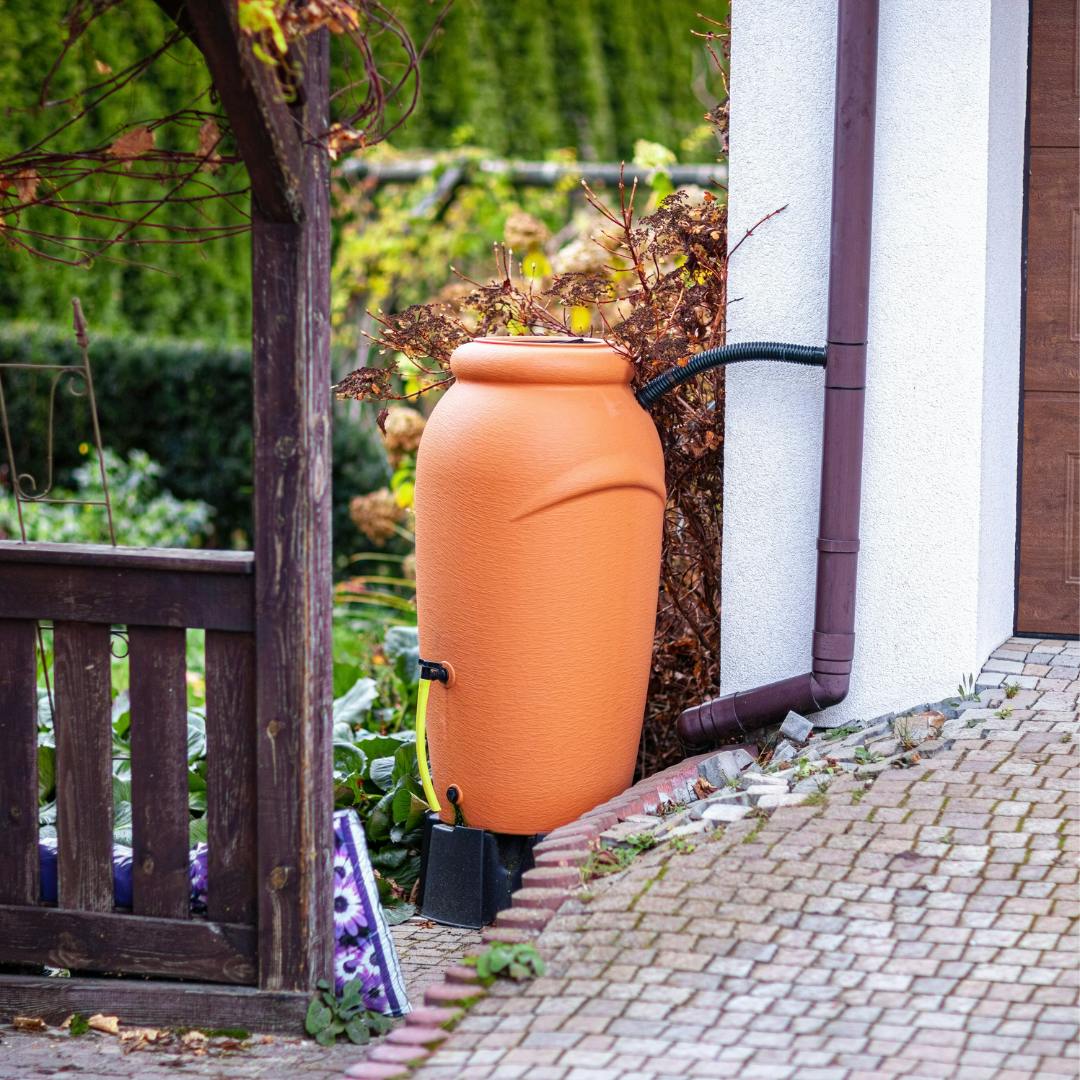
Environmental Benefits
Ensuring your water butt is operating effectively and efficiently will help you capture as much water as possible. In turn, this will help reduce your dependence upon mains water. Conserving precious resources, whilst potentially reducing your bills if you are on a metre!
Health & Safety
It can help reduce the risk of Legionella. Legionnaires’ disease is a severe pneumonia caused by the Legionella bacterium. People become infected when they inhale aerosols from a contaminated source
Information found here: (GOV).
The bacterium Legionella Pneumophila and related bacteria are common in natural water sources such as rivers, lakes and reservoirs, but usually in low numbers. They may also be found in purpose-built water systems such as water butts and rain planters.
Information found here: (GOV).
Help Reduce Pests like Mosquitoes
Mosquitoes breed in standing water like water butts and a build-up of leaves in the gutters provides a habitat for them. Information from (Public Health England).
Read our Legionella-specific guidance here
How to Maintain your Water Capture Device
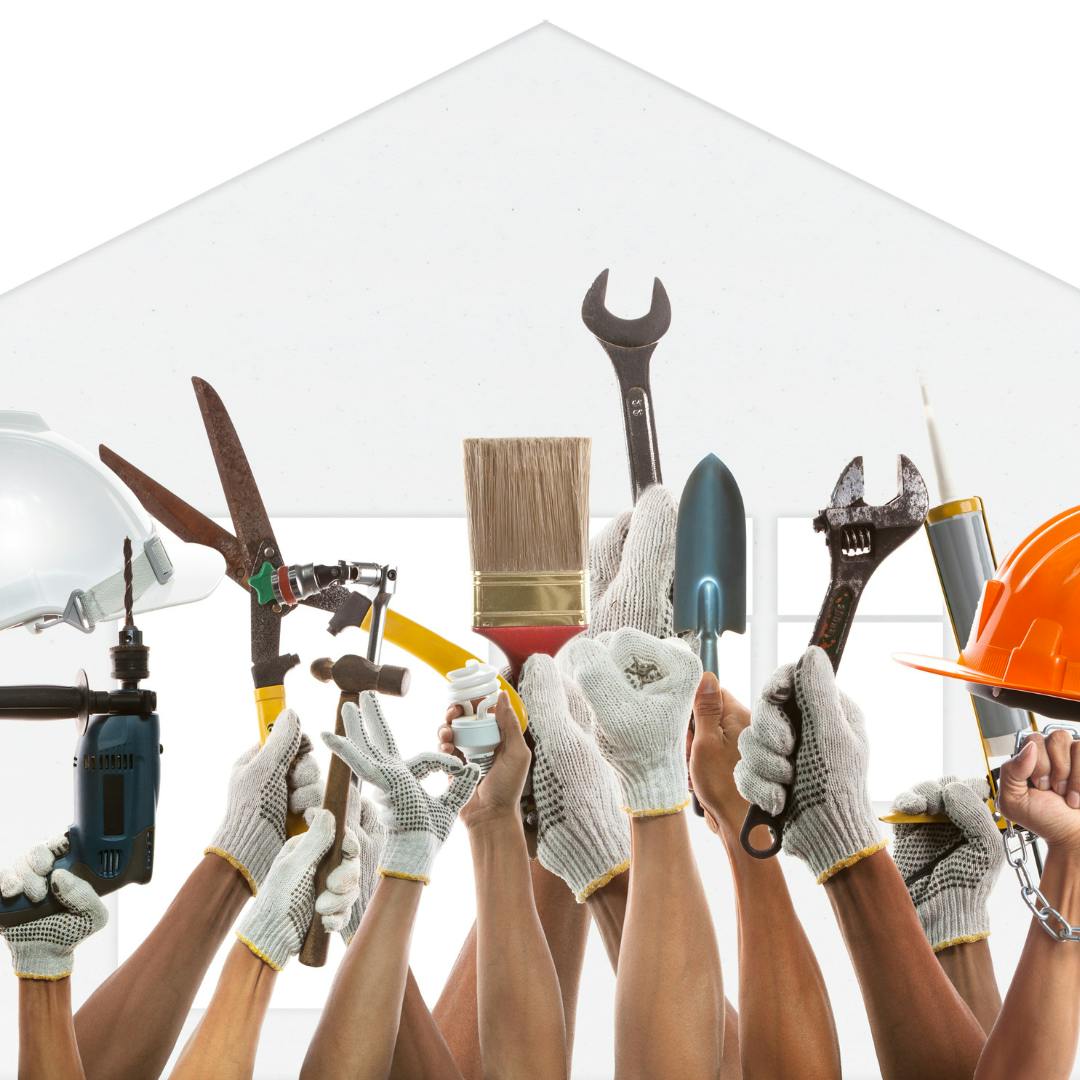
Clean Gutters
In line with guidance from Public Health England, we recommend clearing leaves from the gutter (particularly in autumn). This will help prevent blockages that would be harder to resolve once the debris gets into your down pipe. This also reduces the risk of being exposed to the Legionella bacterium as the leaves provides organic material and nutrients to the bacterium.
Empty & Clean
It is good practice to empty the water butt occasionally, allowing you to clean the interior. This helps reduce the build up of grime and algae, particularly during the summer months. These efforts will increase the quality of the water for your garden usage and reduce the risk of legionella if the water is not constantly static.
Use a Watering Can
Aerosols can be created from pumping water or using a fine spray setting on the hose which increases the risk of Legionella transmission. The Health and Safety Executive advise introducing measures that will reduce the exposure to these aerosols. Therefore we recommend using a coarser setting on the hose or collecting the water in a watering can for usage to help reduce Legionella transmission risk.
Sealing
Sealing any holes in the downpipe with Caulk will allow an adequate supply of water to collect in your rainwater harvester. According to Public Health England, sealing the lid correctly on your water butt will reduce the likelihood of mosquitoes breeding and laying their larvae in the water, which can be a real nuisance.
Preventative Measures
Trying to prevent these issues from arising is a great method tackling them. Here is some advice depending on the season.
As per the Environment Agency, keeping Rainwater Storage in direct sunlight can lead to water degradation. Therefore, in the hotter months it may be best to position your water butt in a shadier part of the garden. This is due to bacteria growing well in warmer conditions which is more likely in direct sunlight.
Conversely, in winter months, the water in the butt might freeze which will cause it to expand and increase the risk of the water butt cracking. This can be mitigated raising the water butt on a platform as the ground is much colder, and by draining the water regularly to ensure flow.
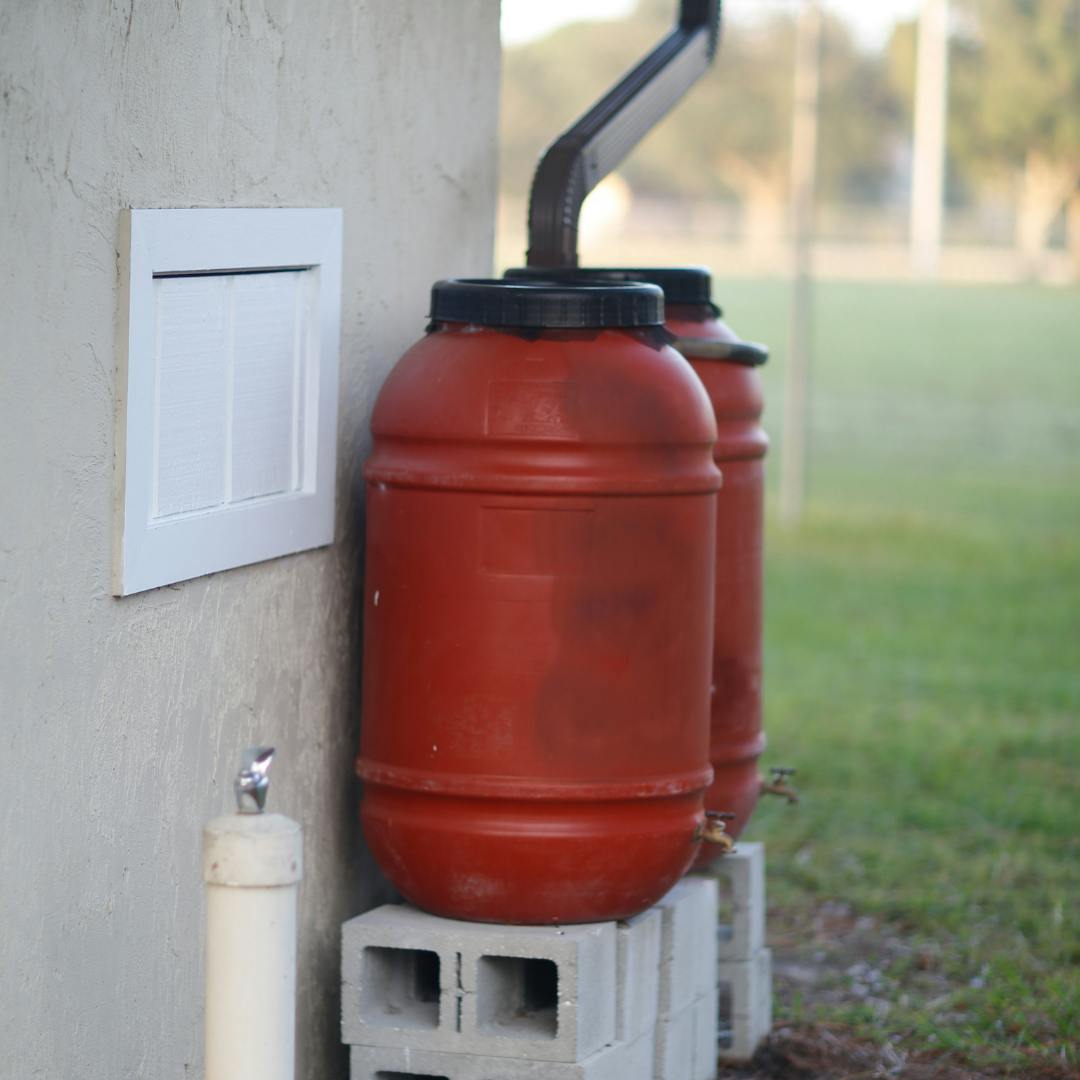
Reactive Measures

We would always recommend taking preventative measures with regards to your rainwater capture device. If, however, you encounter some issues down the line here are some steps you can take to try and resolve the issue.
Drain the system
If the water is standing for too long, it can lead to bacterial and/or moss and debris build up which can cause clogging and pose risks to your health and reduce the functionality of your system. Therefore, it is crucial that if you're not using the water butt regularly to drain it instead
If using a slow-release or 'leaky' system, it is important to start by draining the tank to where the slow-release pipe enters. You can use a pipe cleaner or a thin object like a drinking straw to gently remove any debris from the slow-release pipe. This might help to clear any minor blockages. You may need to unclog the tap if it is also blocked for it to drain.
Disconnection
If the slow-release pipe still won't drain, it could be beneficial to pull the hose out of the grommet and disconnecting from the downpipe if possible, to give it a good wash and clean. Cleaning with warm soapy water should ensure that the connections are secure and not obstructed by any debris.
How to Keep your Device Debris Free
Check Gutters & Downpipes Regularly
Clogged gutters can prevent rainwater reaching your water butt and could lead to blockages. A build-up of debris in your water butt is more likely to increase the risk of bacteria and algae.
Gutters can be cleared by hand or professionally using a gutter vac. Autumn when leaves are falling is a good time to check and clear debris if necessary. Make sure to also check downpipes for blockages as these can reduce the flow of water into your water butt.
Inspecting your guttering for leakages can also ensure you are capturing as much rainwater as possible.

What to do if my downpipe interceptor is blocked?

Gutters often become clogged with debris in Autumn and Winter therefore we recommend maintenance once or twice a year particularly in Autumn to clear the debris.
When leaves or debris get stuck in the downpipe interceptor. You should be able to fix it by pulling the downpipe out of the interceptor, removing the blockage, and fitting the downpipe back in.
How Can I Clean My Water Butt?
Here is our short guide on how to clean your water butt, in just a few steps!
You will need:
- Buckets or containers
- Long-handled brush / scrubbing pad
- Warm water
- Mild detergent
Early spring or late autumn is a great time to clean your water butt.
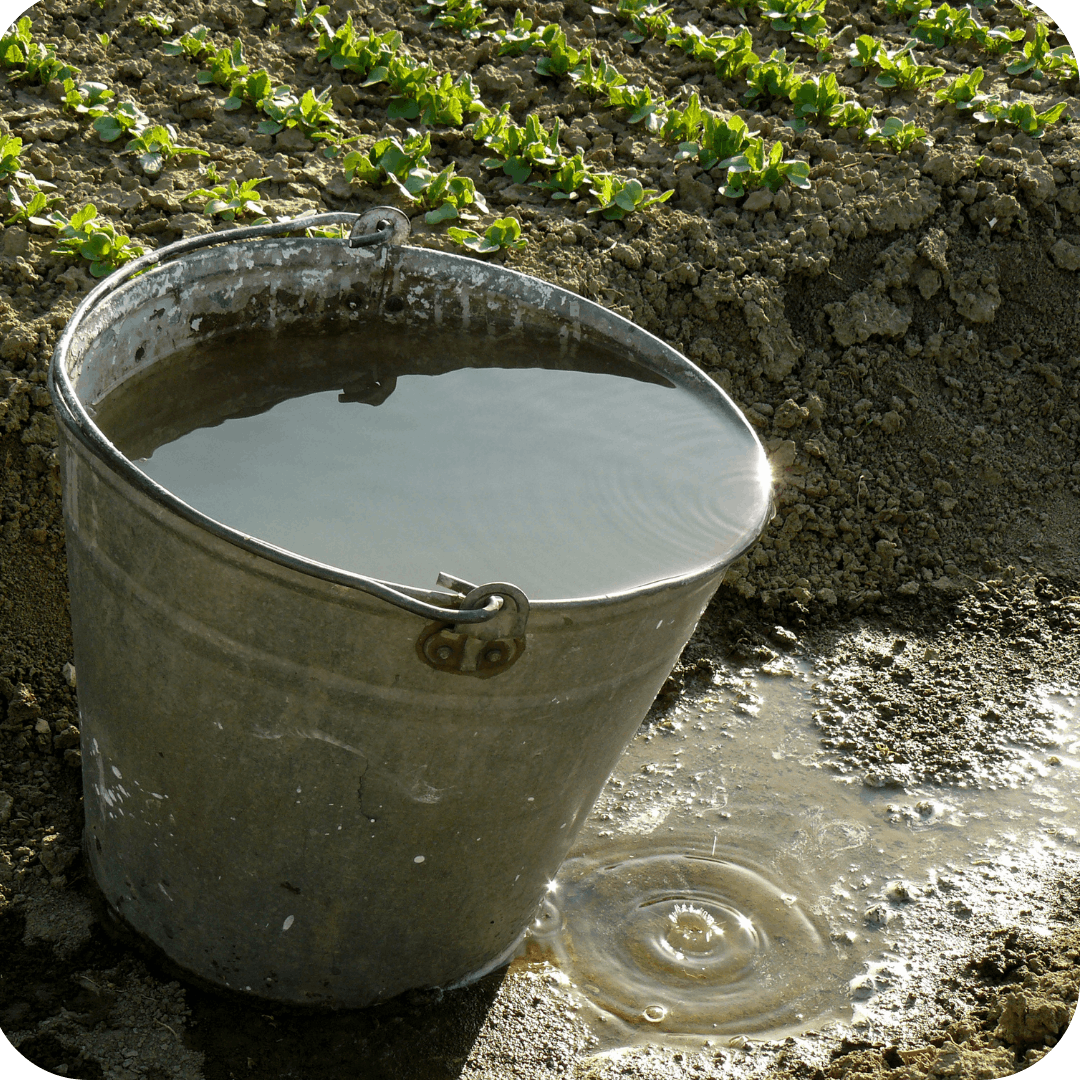
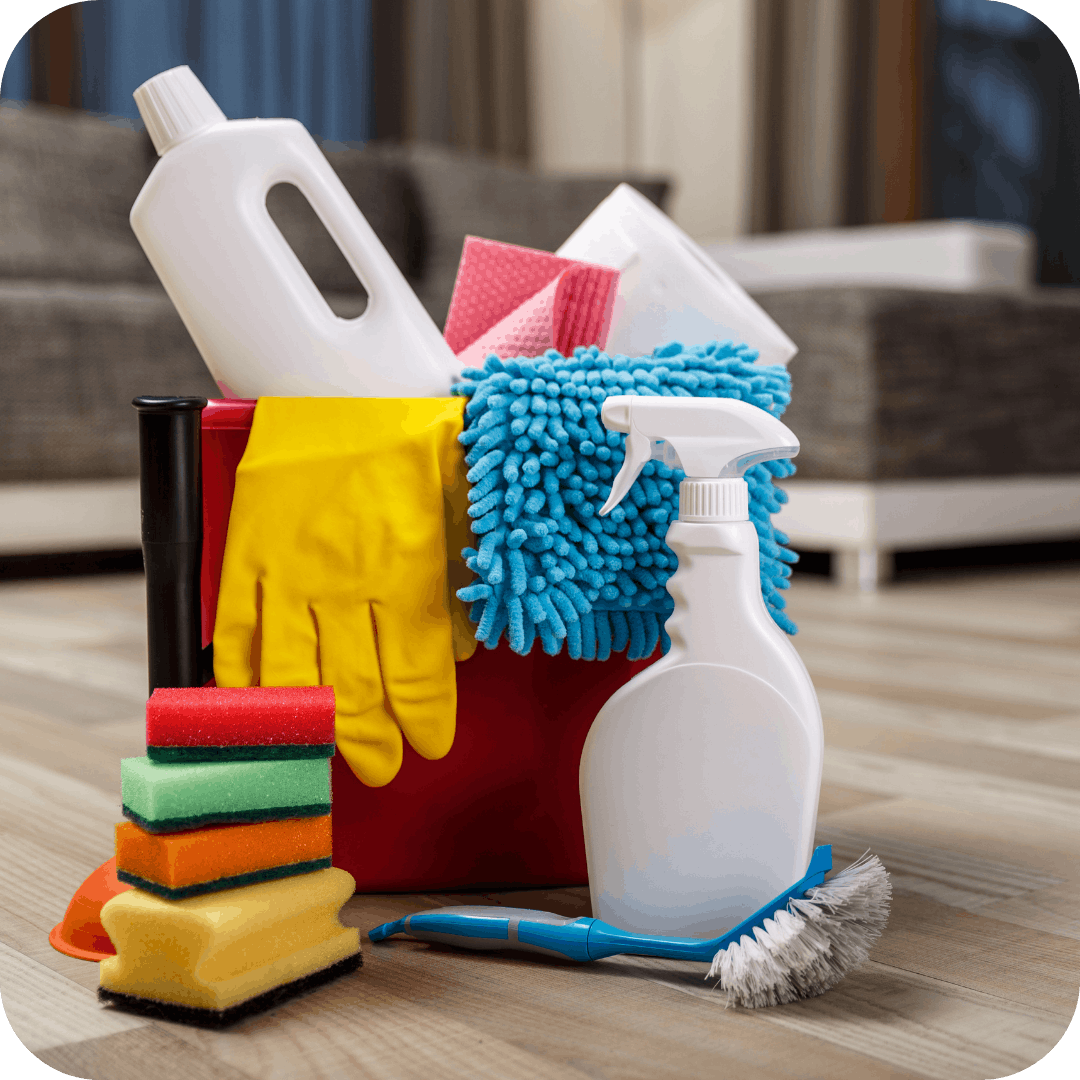
Step 1: Drain the water butt
Open the tap and let the water drain. You could use this for your plants or washing outdoor spaces. Alternately, store this in containers to prevent wastage. You may need to tilt the water butt slightly or scoop out remaining water to ensure it fully empties.
Step 2: Detach the water butt from downpipes
This will prevent accidental water flow whilst cleaning. Make sure to disconnect any diverters or attachments that direct water into the water butt. You may want to temporarily block the end of the downpipe.
Step 3: Clean the tap & attachments
Taps can become clogged or contaminated with algae and sediment. Before starting on the inside of your water butt, leave these items to soak. You may need to use a small brush, like a toothbrush, to remove sediment. This also works well if your tap is not detachable.
Step 4: Scrub the inside
Using a long-handled brush or scrubbing pad with warm water and mild detergent, scrub the inside of the water butt. This should remove algae, sediment and debris. It is best to avoid harsh chemicals as residues could impact plant health once the water butt is refilled.
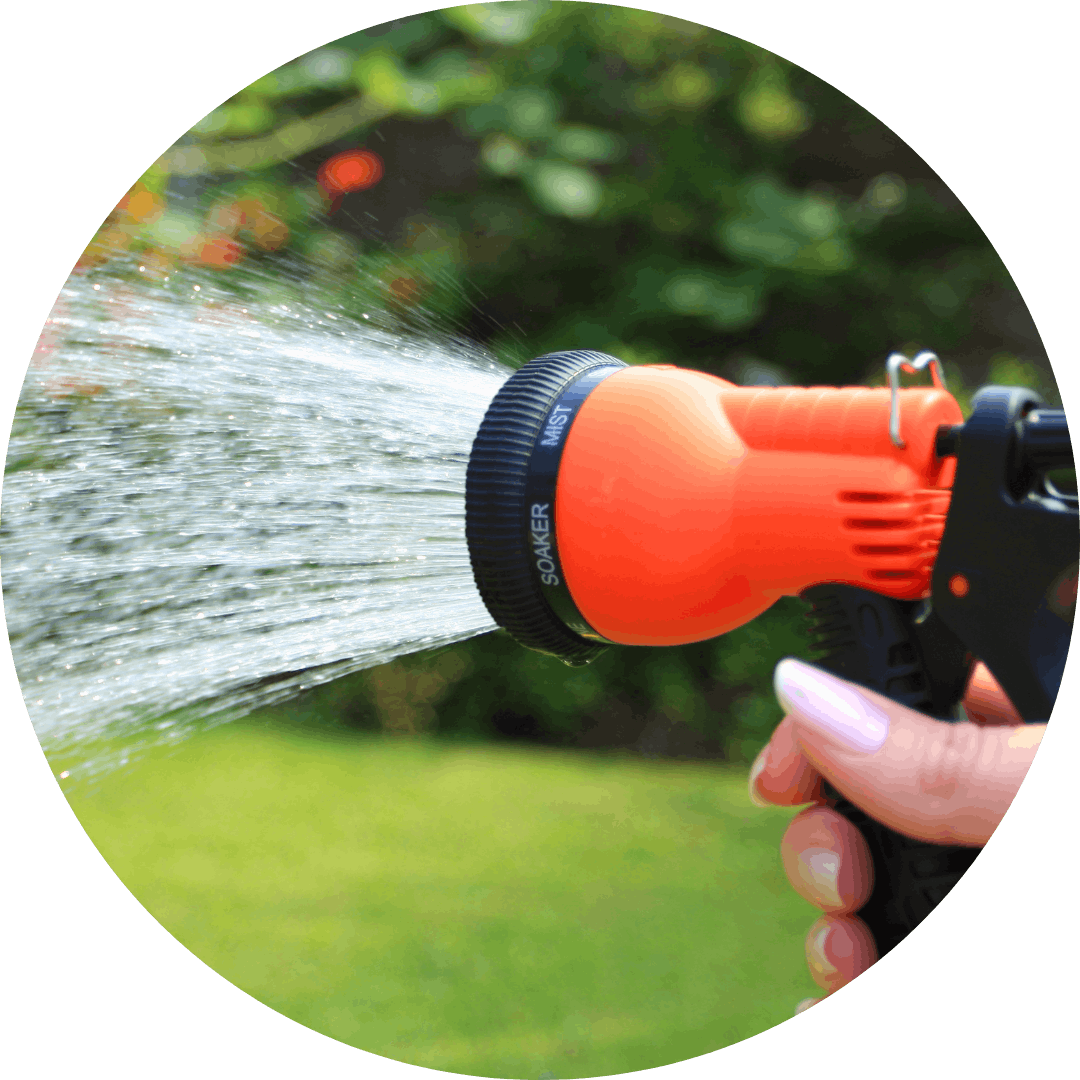
Step 5: Rinse thoroughly
Using clean water, thoroughly rinse the inside. Ensure to remove any cleaning product, visible debris and sediment. Repeat this until the water runs clear.
Step 6: Inspect inlets and clean filters
This is a great time to do a maintenance check on your water butt. The inlet filter can trap debris but may also become clogged. If applicable, remove the filter and rinse or soak it. If heavily clogged, you may need to give this a scrub. Make sure to check for damage and replace if needed.
Step 7: Reconnect your water butt and attachments
Make sure connections are secure and the water butt is repositioned to catch water effectively, every drop counts! Remember to attach any items you removed earlier.
Frequently Asked Questions
How can I prevent algae growth?
How often should I clean my water butt?
How often should I empty my water butt?
When should I clean my water butt?
Where should I put my water butt?
Disclaimer
The information provided in this article is intended as a general guideline for maintaining rainwater harvesting systems. While we strive to offer accurate and helpful advice, maintenance should be carried out at your own discretion. We do not assume responsibility for any issues or damages that may arise from following the guidelines provided. It is essential that you assess your individual situation and take the necessary precautions to ensure safety and effectiveness.